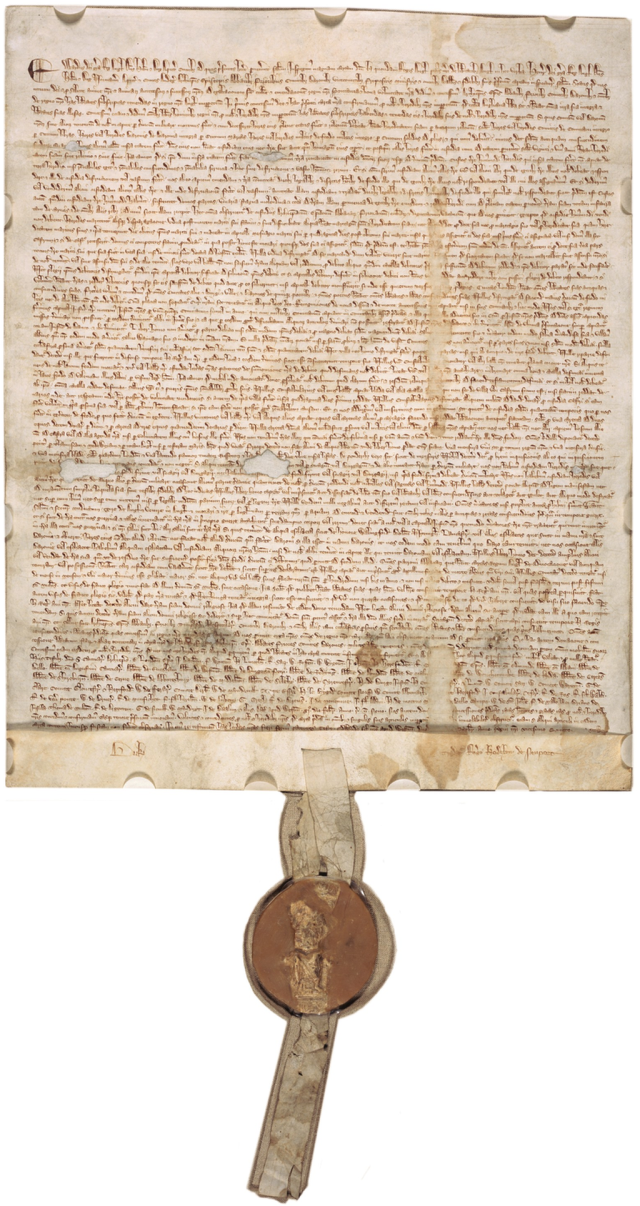On my desk sits a two-inch stack of letters and emails from hundreds of subscribers who wrote us with words of encouragement after we agreed to rescue American Heritage . On behalf of my staff, thank you all very much for your support, which is critical for keeping this great American institution alive and thriving.
If the magazine seems revolutionary, it is—in the sense of turning back to an early state. While we will continue to publish cultural history and newsworthy pieces as in recent years, the magazine will focus on publishing thoughtful prose by the “best and brightest” historians and writers of the day. The founders of American Heritage said it best 54 years ago:
“We believe in good storytelling; that interesting writers can interpret history and restore it to the place it once occupied as the noblest branch of literature.”

